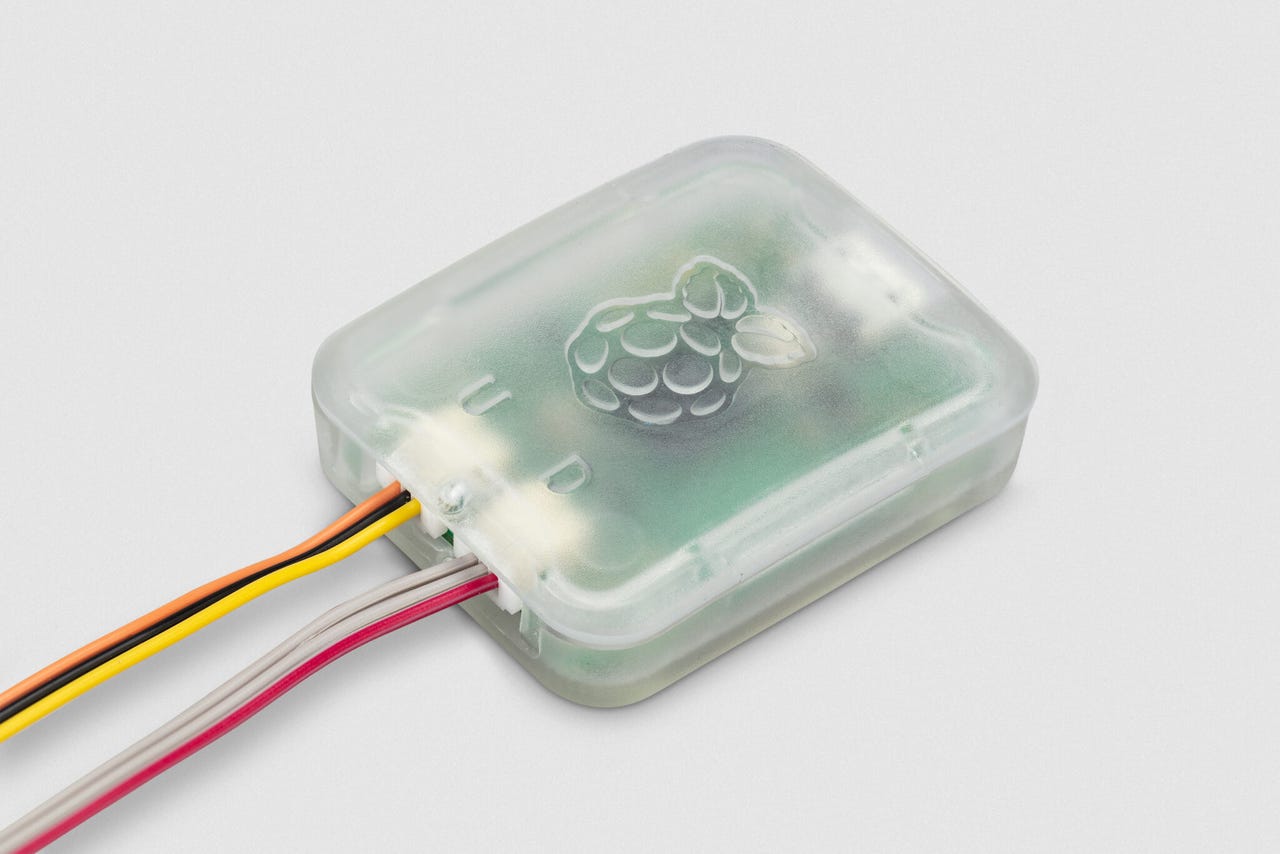'ZDNET Recommends': What exactly does it mean?
ZDNET's recommendations are based on many hours of testing, research, and comparison shopping. We gather data from the best available sources, including vendor and retailer listings as well as other relevant and independent reviews sites. And we pore over customer reviews to find out what matters to real people who already own and use the products and services we’re assessing.
When you click through from our site to a retailer and buy a product or service, we may earn affiliate commissions. This helps support our work, but does not affect what we cover or how, and it does not affect the price you pay. Neither ZDNET nor the author are compensated for these independent reviews. Indeed, we follow strict guidelines that ensure our editorial content is never influenced by advertisers.
ZDNET's editorial team writes on behalf of you, our reader. Our goal is to deliver the most accurate information and the most knowledgeable advice possible in order to help you make smarter buying decisions on tech gear and a wide array of products and services. Our editors thoroughly review and fact-check every article to ensure that our content meets the highest standards. If we have made an error or published misleading information, we will correct or clarify the article. If you see inaccuracies in our content, please report the mistake via this form.
Raspberry Pi just launched a handy new $12 tool. Here's what it can do


Raspberry Pi has unveiled a new probe that allows users to debug code running on a Raspberry Pi Pico or other Arm-based microcontrollers.
The Debug Probe, which is based on the Pi Pico and its RP2040 microcontroller, is available now for $12. It's the company's first new product for 2023 and comes as the firm works to improve availability of the Zero W, 3A+, and the 2GB and 4GB variants of Raspberry Pi 4, which have been in short supply since the coronavirus pandemic.
Also: Finding Raspberry Pi: Where to buy the latest model and its alternatives
The company decided to make the probe after noticing people were using one Pico to debug programs running on another. The probe package includes a USB to Serial Wire Debug (SWD) bridge, a generic USB serial adapter, and cables to connect to a host computer, and to the debug target.
Security
But even if you don't want to debug code, the probe might still be a useful addition. "The Raspberry Pi Debug Probe's low price makes it a cost-effective alternative to other USB serial adapters. It has largely replaced the once-ubiquitous FTDI cable as our adapter of choice here at Pi Towers," notes Raspberry Pi chief executive Eben Upton in a blogpost.
While it has been designed with Raspberry Pi Pico, and other RP2040-based targets, in mind, he said the Raspberry Pi Debug Probe can be used to debug any Arm-based microcontroller that provides an SWD port with 3V3 I/O.
Also: How to install Linux on your Raspberry Pi
Upton says bug hunting is a "necessary evil" that anyone who writes programs needs to do eventually, even if they dislike the task. The Debug Probe is for users who who've written programs -- likely in the C language -- that run on 'bare metal' versus, for example, a high-level interpreted language such as Python.
The probe provides a bridge between USB and the Serial Wire Debug (SWD) protocol: on the RP2040, the SWD port provides access to the Debug Port (DP). The Debug Probe provides a bridge between USB and SWD to allow the host to access the target's debug port. Upton notes its more convenient to connect via USB, which is also the only option when using a PC or Mac.
"The Raspberry Pi Debug Probe functions as a USB serial adapter, over the same USB connection as the SWD bridge. It exposes the UART signals on a second three-pin JST connector, again conforming to the Raspberry Pi Debug Connector Specification," notes Upton.